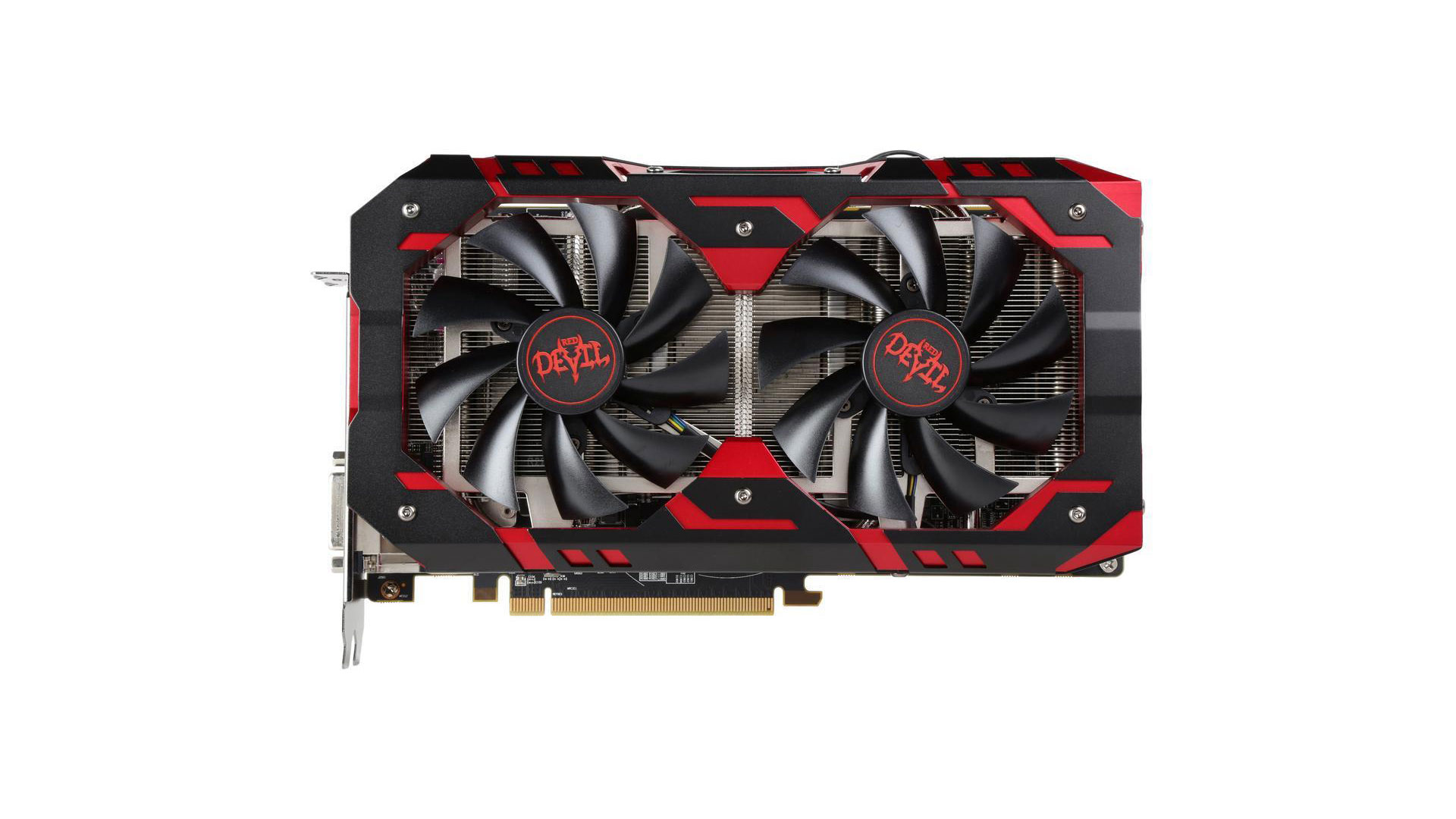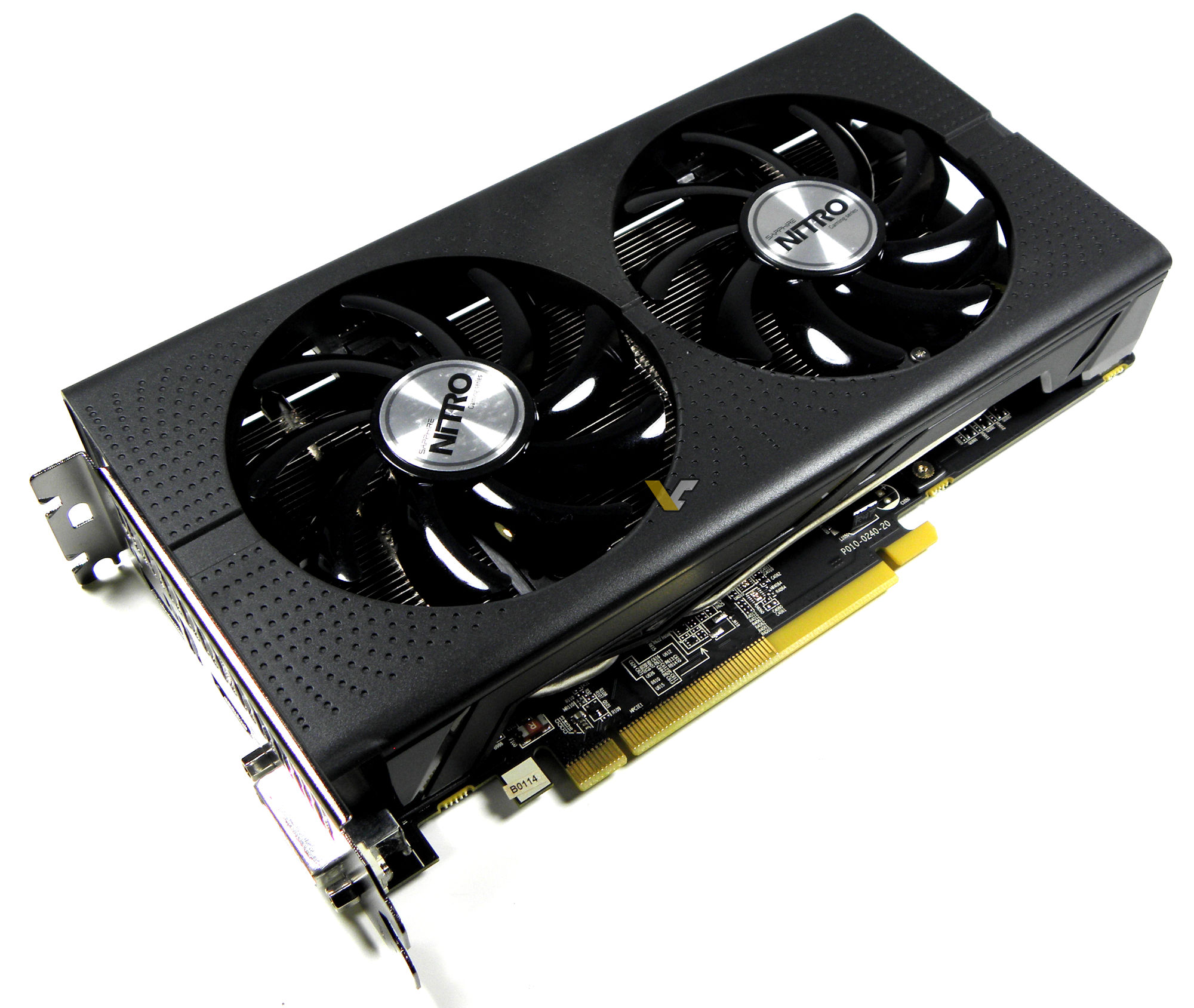

In the budget range (RX 6500 XT), AMD again offers the more efficient cards. AMD’s 6900 XT is more efficient than the RTX 3090, but Nvidia’s mid-range GPUs are slightly better. Who is better? Overall, AMD and Nvidia are close again after years in terms of performance and efficiency. The RX 6900 XT has a TDP of 300 watts, the RTX 3090 has a TDP of 350 watts.AMD’s RX 6800 XT has a TDP of 300 watts, Nvidia’s RTX 3080 of 320 watts.The somewhat better efficiency is also evident in the following examples:
Rx 580 power consumption series#
The chips from TSMC in 7-nanometer production, which AMD uses in its current graphics cards and also in PS5 and Xbox Series X, offer significantly better performance and energy properties than Samsung’s 8-nanometer chip that Nvidia uses in its graphics cards. See also Why isn't there a Wario platformer on Nintendo Switch? However, if you want to buy the currently best overall package of normal rendering performance and ray tracing, then there is no way around the RTX 3090 Ti.


Rx 580 power consumption full#
Who is better? When it comes to generally strong performance, it hardly matters which graphics card you use: With an AMD Radeon RX 6600 XT you can play current top games on the PC in high details at Full HD as well as with a GeForce RTX 3060. As soon as DLSS is added, you are also a little better off with Nvidia, but AMD is catching up a lot here with FSR 2.0. When it comes to 4K and ray tracing performance, Nvidia continues to lead. If you look at benchmarks and tests, AMD’s RX 6950 XT is now in the top position ahead of Nvidia’s top models. When it comes to pure performance in Full HD (1080p) and WQHD (1440p), AMD is slightly ahead. AMD’s refresh series for the RX 6000 hasn’t changed that either. With the GeForce RTX 3090 Ti, Nvidia currently (as of June 2022) offers the fastest graphics card on the market, at least when it comes to pure performance.

AMD vs Nvidia: Where is there more performance? Both the red and the green camp are courting potential buyers of their hardware.īut does it even matter whether I end up using a graphics card from Nvidia or AMD? MeinMMO explains where there are similarities and differences and what ultimately plays a role in the purchase. Graphics cards from Intel have been announced and are expected to appear sometime in summer 2022. If you currently want to buy a graphics card, you will inevitably have to go for AMD or Nvidia. But does it even matter if I end up choosing AMD or Nvidia? The actual pixel output rate is also dependant on lots of other factors, most notably the memory bandwidth of the card - the lower the bandwidth is, the lower the potential to get to the max fill rate.Graphics cards are currently becoming cheaper again and many are considering buying a graphics card. ROPs (Raster Operations Pipelines - also called Render Output Units) are responsible for outputting the pixels (image) to the screen. The number is worked out by multiplying the amount of ROPs by the the core clock speed. Pixel Rate: Pixel rate is the most pixels the graphics card could possibly write to the local memory in one second - measured in millions of pixels per second. It is measured in millions of texels processed per second. The better the texel rate, the better the video card will be at texture filtering (anisotropic filtering - AF). This figure is calculated by multiplying the total amount of texture units of the card by the core speed of the chip. Texel Rate: Texel rate is the maximum amount of texture map elements (texels) that can be processed per second. It especially helps with anti-aliasing, HDR and higher screen resolutions. The higher the memory bandwidth, the faster the card will be in general. If the card has DDR type RAM, the result should be multiplied by 2 again. It is worked out by multiplying the card's interface width by the speed of its memory. Memory Bandwidth: Bandwidth is the largest amount of data (in units of MB per second) that can be transferred over the external memory interface within a second.


 0 kommentar(er)
0 kommentar(er)
